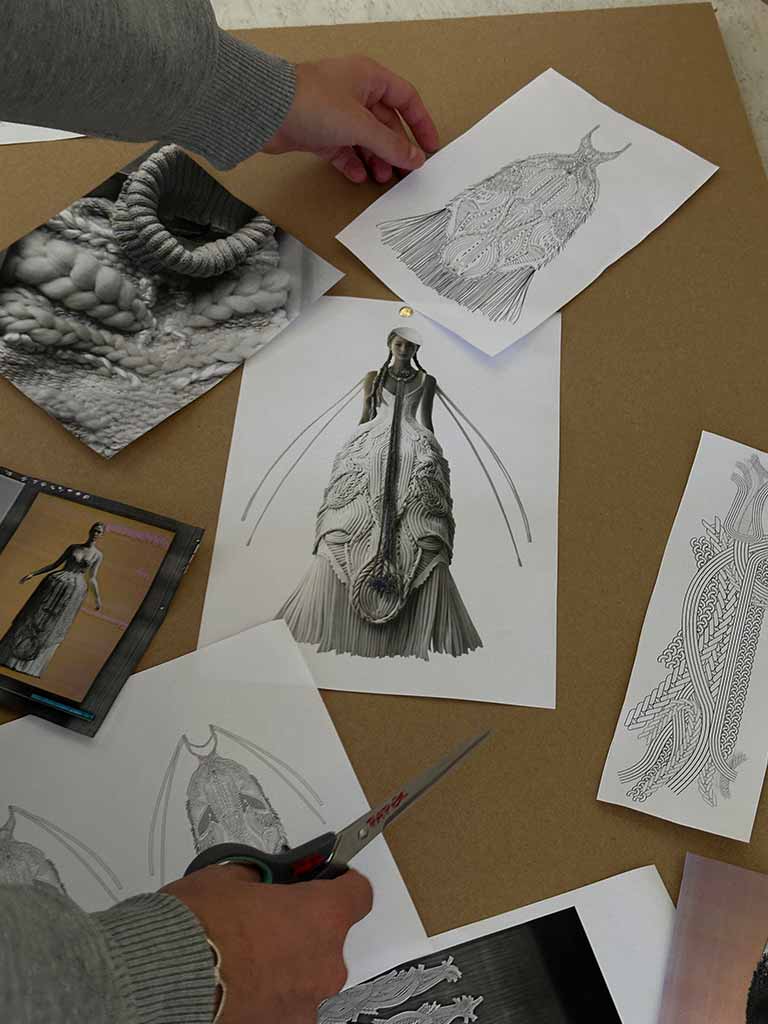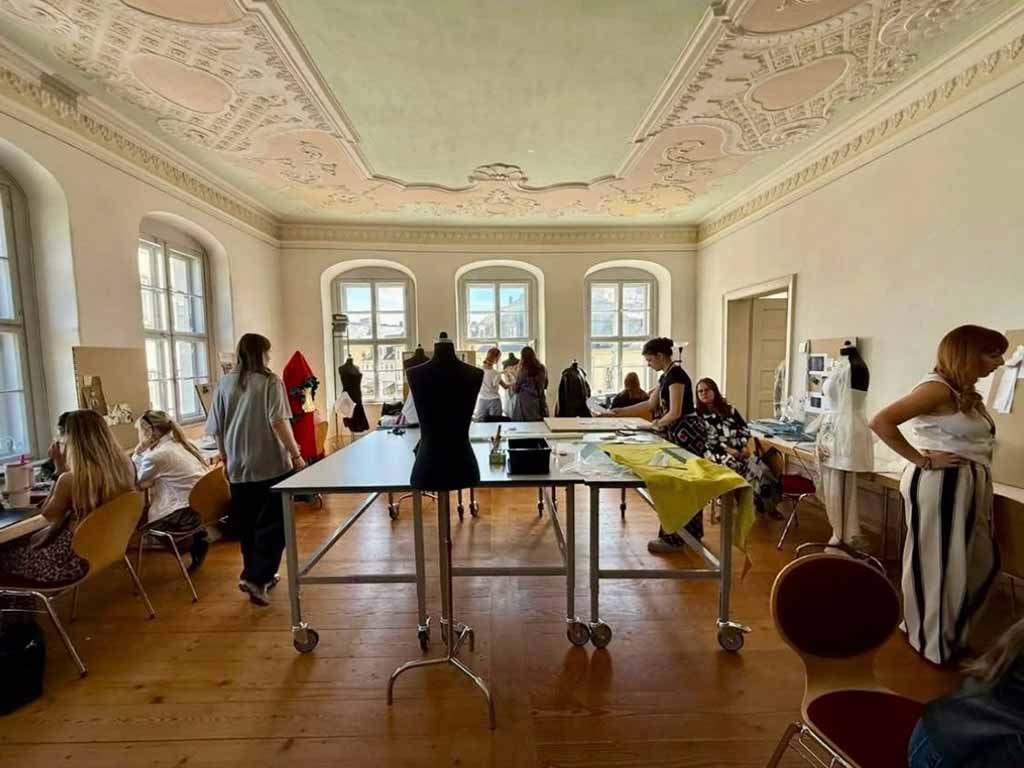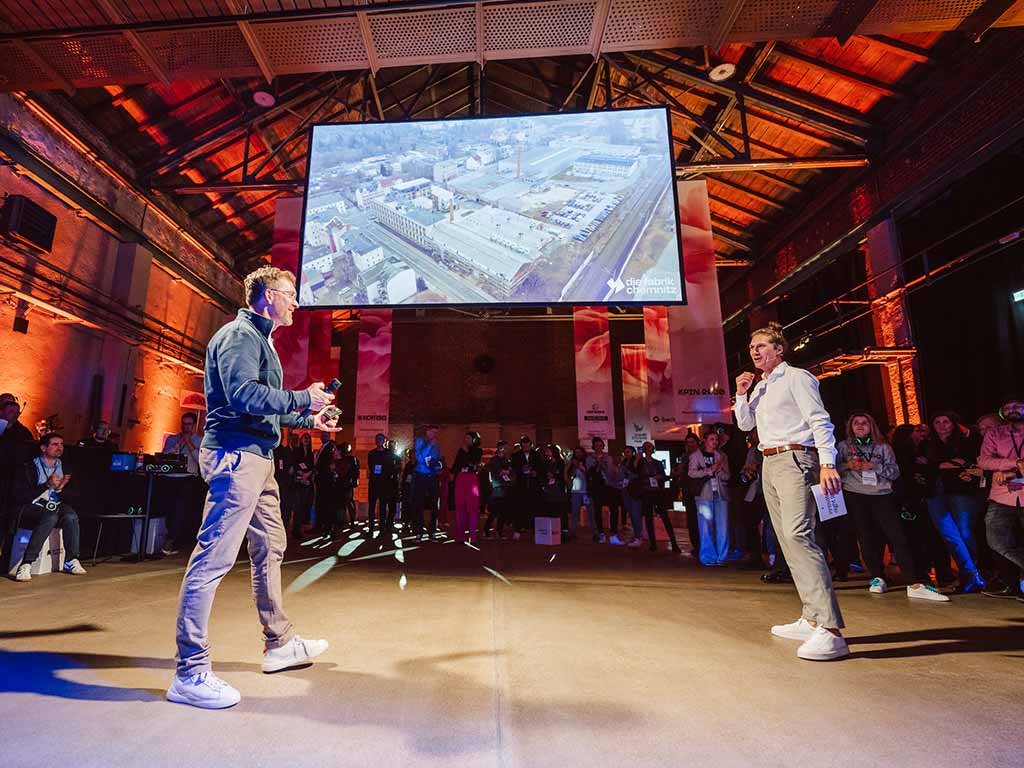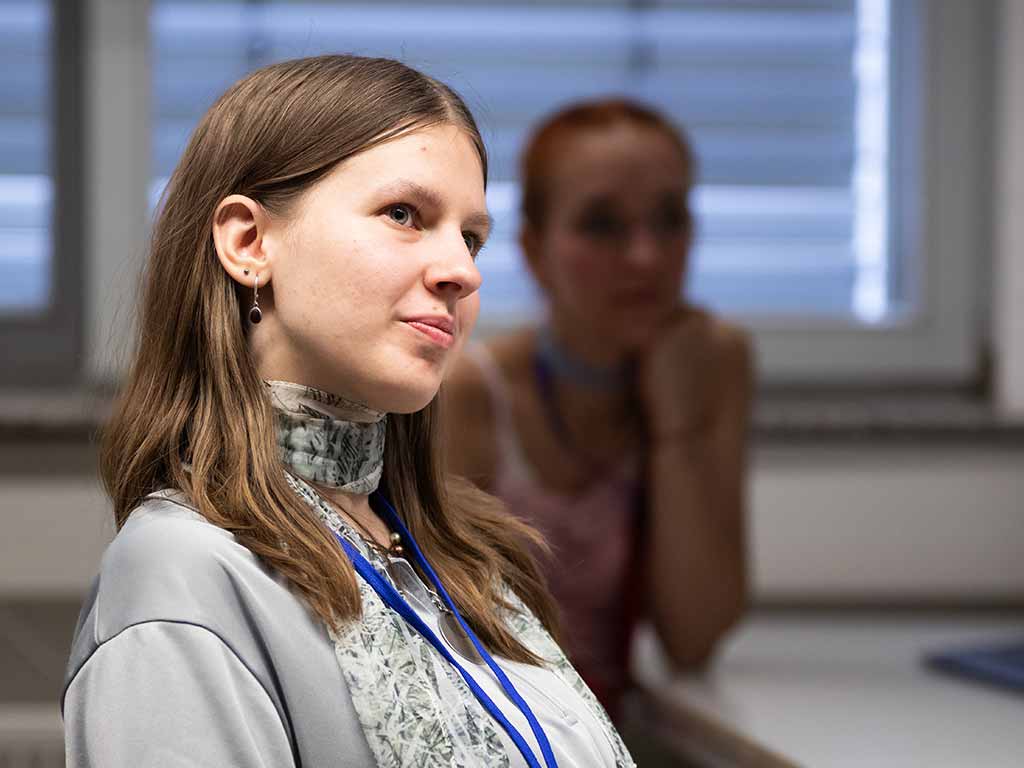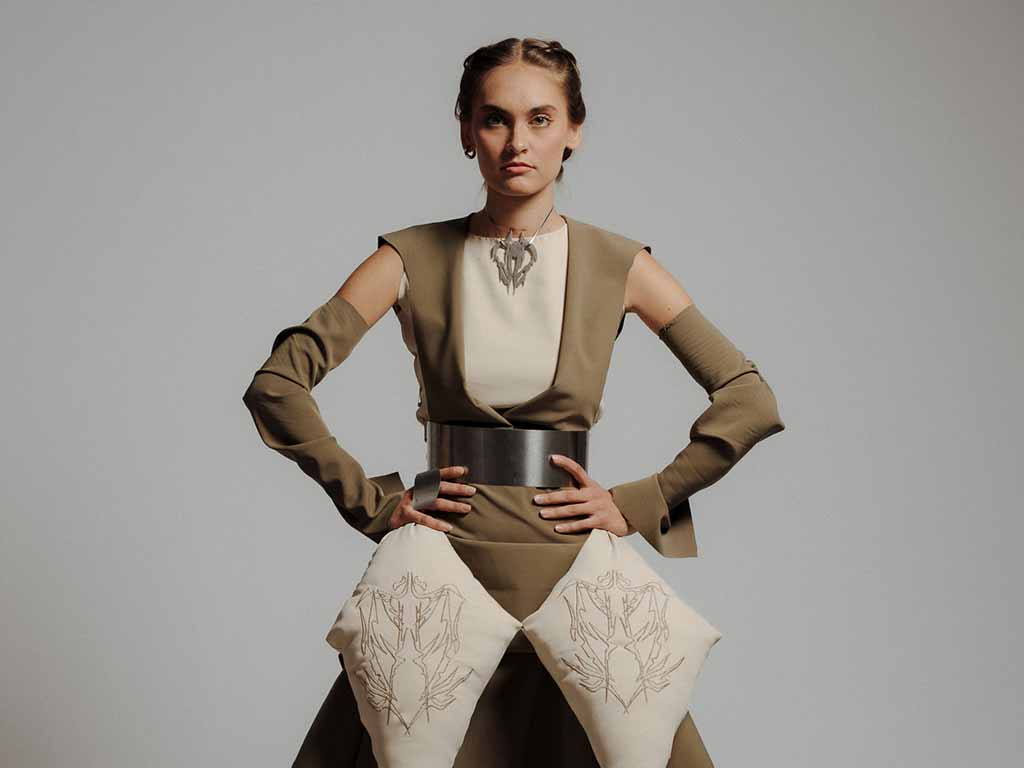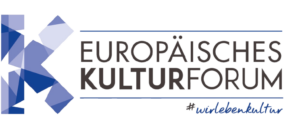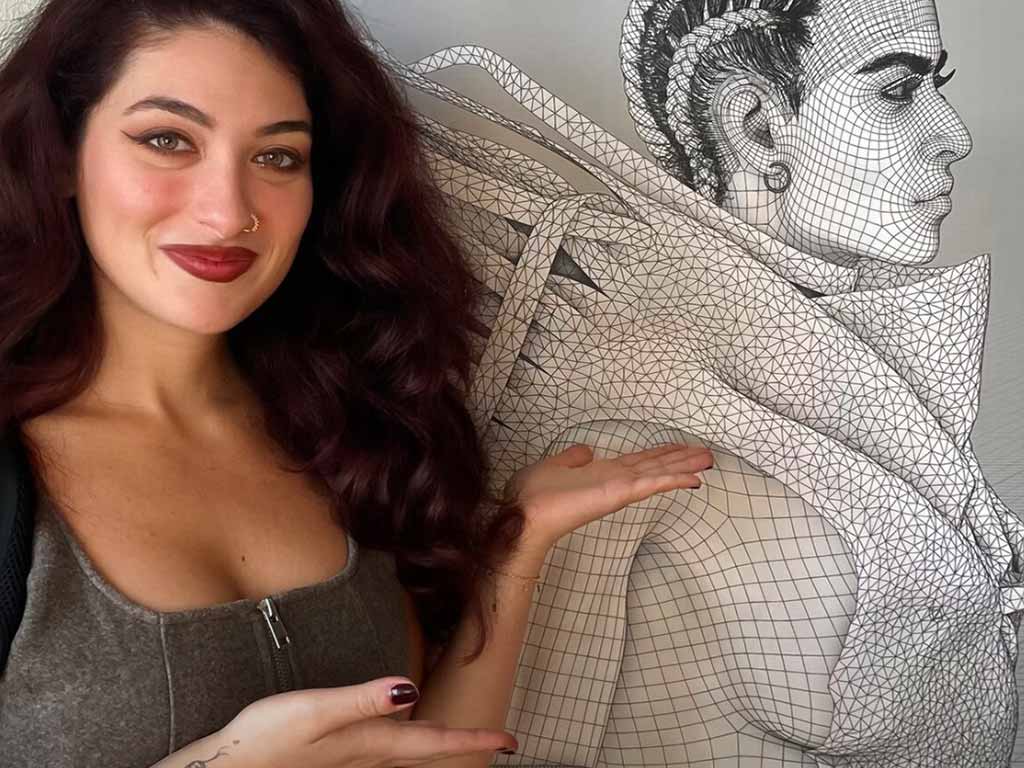
“Creativity emerges when technology becomes tangible” – Lecturer Isabel Palumbo on the makerspace, digital design and the future of learning
Isabel Palumbo is an Italian 3D artist, creative director, and founder of Locus Solus Studio in Amsterdam. As an expert in augmented reality, digital fashion design, and visual experimentation, she operates at the intersection of art, technology, and education. In addition to her work as a creative director, she teaches at the Amsterdam Fashion Academy, where she trains students in CLO 3D, digital tools, and immersive design. We spoke with her about her experiences in the Makerspace project, an interdisciplinary laboratory where students from different universities work together on creative, technological solutions.
Ms. Palumbo, you have accompanied students in the Makerspace over an extended period of time. What developments or changes have you observed?
Isabel Palumbo: Over the course of the project, I saw a clear development toward greater self-confidence and creative independence. At the beginning, many students were still unsure how to technically implement their ideas or combine them with digital tools. But over time, they began to experiment more boldly, try out new tools, and collaborate across disciplines.
It was particularly nice to see how some students found their own, unexpected paths – for example, by combining digital and physical materials or achieving impressive effects with minimalist means.
Were there any particular moments that particularly stand out in your memory?
Isabel Palumbo: Yes, absolutely. There were many “aha” moments when a concept suddenly became clear – whether it was the first successful 3D print or the creation of a digital garment in CLO 3D.
I was particularly impressed by how open the students were to learning new things and how they approached challenges with curiosity rather than fear. Their energy was contagious – it was incredibly inspiring.
The makerspace brings together students from different disciplines and countries. How important was this intercultural and interdisciplinary exchange?
Isabel Palumbo: That was one of the greatest benefits of the project. The makerspace became a place where design, technology, and creativity could truly meet. Students from fashion, technology, architecture, and media art collaborated on ideas and learned from each other. This resulted not only in exciting projects but also in genuine networks between universities, disciplines, and cultures. This diversity often led to the most innovative results.
Which technical tools were the focus, and what impressed you most about the results?
Isabel Palumbo: 3D printing and CLO 3D were used most intensively. The students experimented with 3D printing to explore shapes and structures, while simultaneously creating digital garments and simulations in CLO 3D. I was impressed by how quickly they learned to use the tools creatively. Of course, there were challenges—such as the steep technical entry point and different levels of experience. But that was precisely where the strength lay: learning by doing, by trying things out, by growing together.
What do you consider the biggest challenges in the makerspace—and how were they solved?
Isabel Palumbo: The biggest challenge was certainly time. We had a very ambitious program with many new tools. Some students were using a 3D or AR program for the first time—that requires patience. But the group supported each other, shared knowledge, and found solutions together. For future editions, the time management could be adjusted slightly to create more space for in-depth study and individual development.
When you think about the future of the project, what should definitely be continued or expanded?
Isabel Palumbo: I see great potential in the Holographic Show, where students present their work in a real production environment. It’s a unique opportunity to experience the interplay of creativity, technology, and teamwork—and also to practice time management, planning, and presentation skills. I would also emphasize the digital area even more in the future. Many students are very skilled in handcraft, but often lack the foundation in digital design. If we prepare them better here, they can implement their ideas even more freely and professionally.
And finally: What did you personally take away from the makerspace?
Isabel Palumbo: For me, it was a reminder that learning works best when people create something together. Technology isn’t an end in itself—it only becomes powerful when it tells a creative story. The makerspace has shown that innovation arises where curiosity, courage, and collaboration converge. And that’s precisely the energy we should carry into the future.



